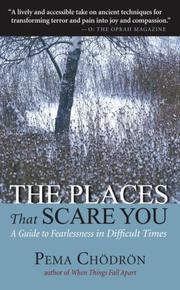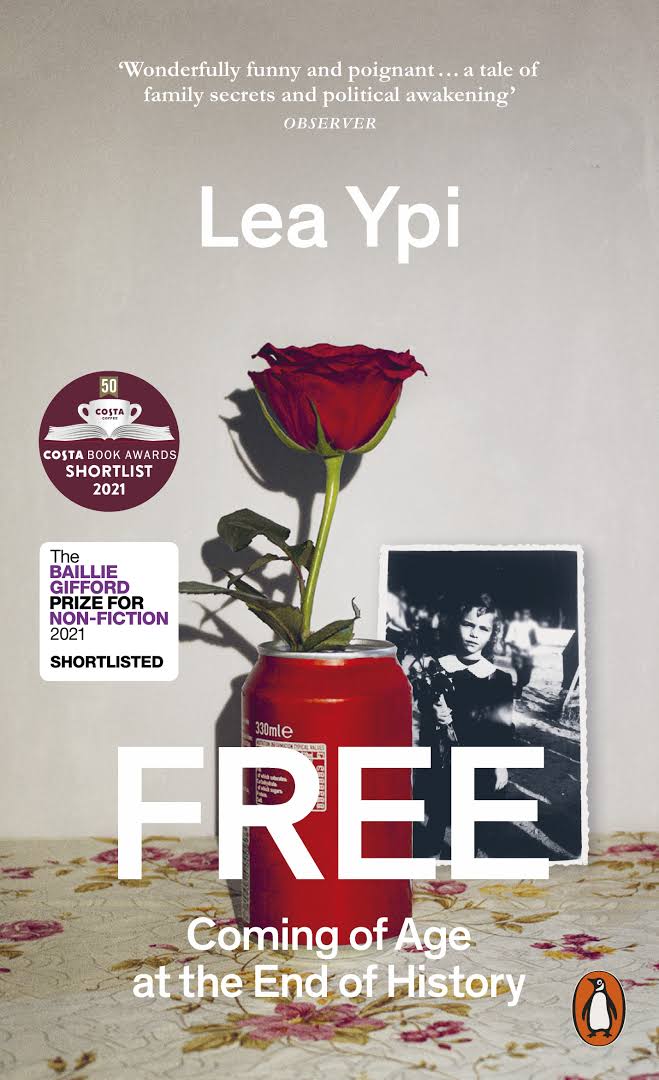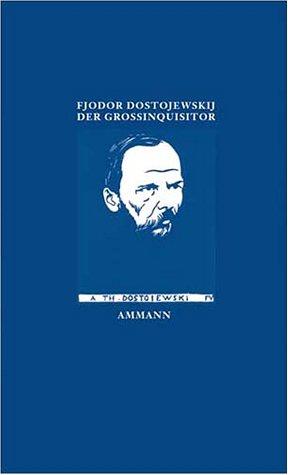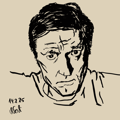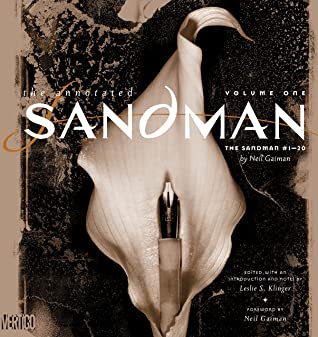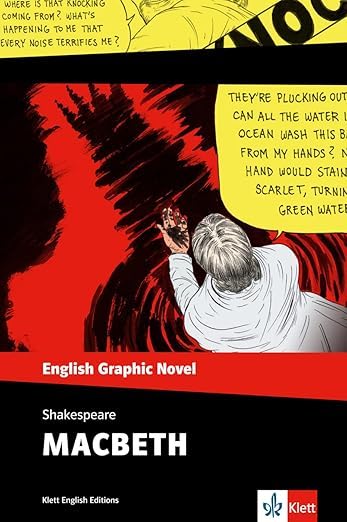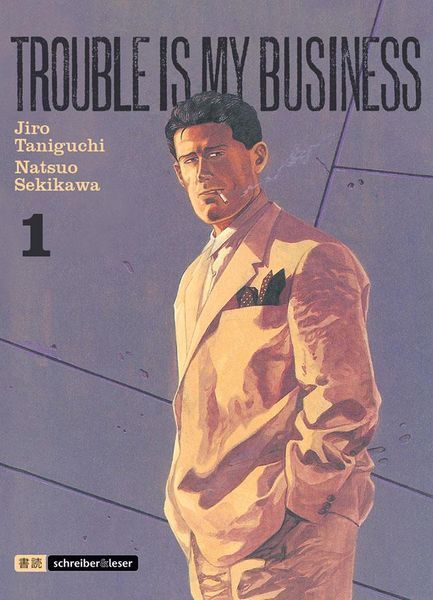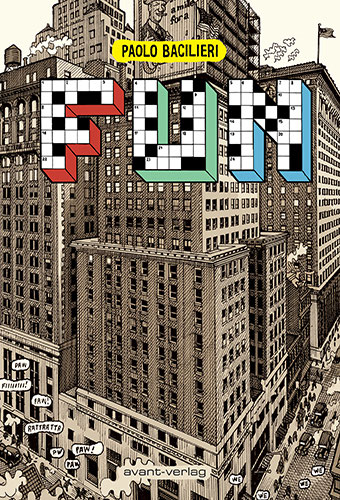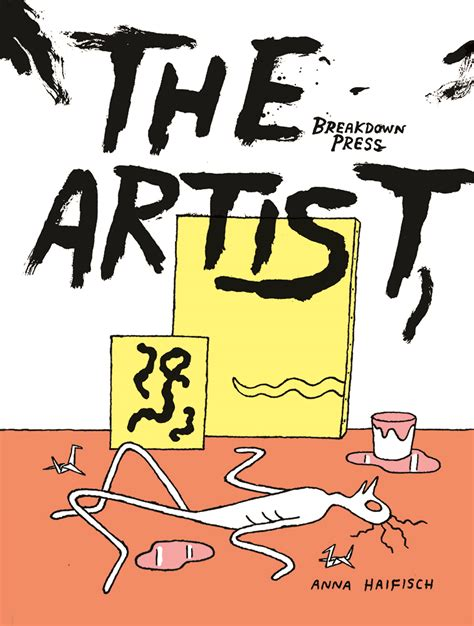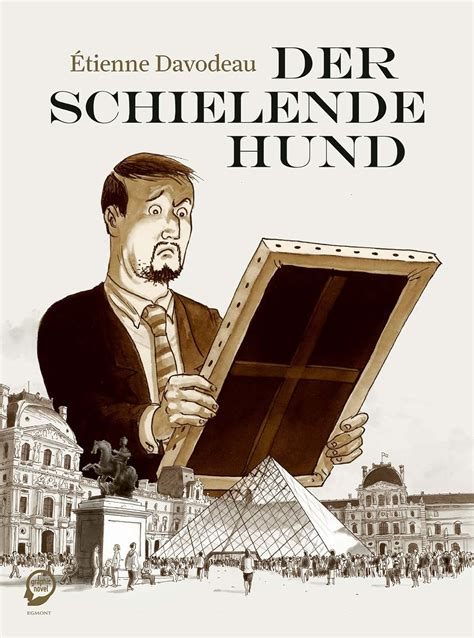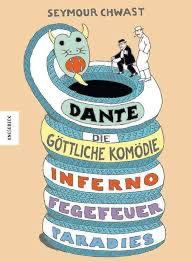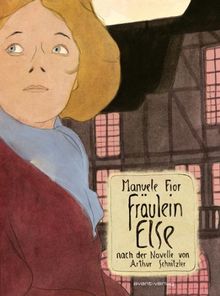Karsten W. reviewed Lettipark by Judith Hermann
Begegnungen
5 stars
Mein erstes Buch von Judith Herrmann.
Ich mag die Uneindeutigkeit der Geschichten. Andererseits fühlte ich mich beim Lesen manchmal wie ein Gast an einem Kaffeetisch, der nicht versteht, worüber gerade geredet wird. Die Erzählungen sind i.d.R. in 20min zu lesen.
Resoniert haben die Erzählungen: Zeugen, Träume, Kreuzungen und Mutter.
In "Zeugen" geht es um zwei Paare am Ende des zweiten Lebensdrittel. Dazu passt m.E. das Gedicht "Abendsonate" von Ralf Rothmann.
"Träume" ist eine Geschichte über den Einfluss eines kaum wahrnehmbaren Dritten.
Bei "Kreuzungen" hat mich das Wort "asozial" berührt. Ähnlich wie bei "Inseln". "Inseln" und "Mutter" sind zwei Geschichten, die mich ansprechen, die ich aber nicht entschlüsseln kann.
Mein erstes Buch von Judith Herrmann.
Ich mag die Uneindeutigkeit der Geschichten. Andererseits fühlte ich mich beim Lesen manchmal wie ein Gast an einem Kaffeetisch, der nicht versteht, worüber gerade geredet wird. Die Erzählungen sind i.d.R. in 20min zu lesen.
Resoniert haben die Erzählungen: Zeugen, Träume, Kreuzungen und Mutter.
In "Zeugen" geht es um zwei Paare am Ende des zweiten Lebensdrittel. Dazu passt m.E. das Gedicht "Abendsonate" von Ralf Rothmann.
"Träume" ist eine Geschichte über den Einfluss eines kaum wahrnehmbaren Dritten.
Bei "Kreuzungen" hat mich das Wort "asozial" berührt. Ähnlich wie bei "Inseln". "Inseln" und "Mutter" sind zwei Geschichten, die mich ansprechen, die ich aber nicht entschlüsseln kann.
